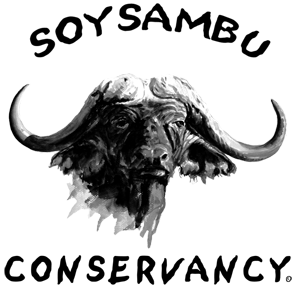Written by Zurijanne Kelley, Soysambu Volunteer
On just a casual drive around Soysambu you cannot help but see various herds of cattle with lowered heads slowly ambling along. These indigenous creatures of Kenya come in various hues of white, brown and black, and number just under six thousand across the entire range of Soysambu and Delamere estates.

Initially when Lord Delamere began his livestock enterprise he attempted to use species of cattle which were non-native to Kenya to no avail. After some time he looked at the resources available to him in the neighboring Somalia and had 600 Boran cattle brought to his estate. With the distinctive hump on their backs at the shoulders, Boran cattle are the pride and joy of Delamere estates. They survive on dry matter (their only source of subsistence is grass) which is more than enough for these large creatures whose coat shine at all times of the day.

Three types of cattle are bred here: pure bred, foundation and pedigree. The pride that the employees who work directly with the livestock have here is evident and exceptionally so with the cattle. Delamere estates participates in breeders’ competitions and rightly so with such a fine lot!

These beautiful creatures assist with conservation practices by supplying the conservancy with some funding through the sale and purchase of meat and dairy products as both cattle and wildlife share Soysambu and Delamere estates together (often you can see zebra mixed in with the cattle herds!) So if you’re coming to Soysambu don’t forget to take a picture of the Boran cattle also. They are worth it!
Top Picture: 15 year old cow with the latest of a string of twelve calves over the years. This prized female is pure bred and even donated some of her embryo to South Africa.
Middle Picture: A young 2 1/2 year old stud bull. Pure bred, this stud was entered into a Breeders competition in June 2009.
Bottom Picture: A second young stud bull of 2 1/2 years who was also entered into the June 2009 Breeder’s competition.

















